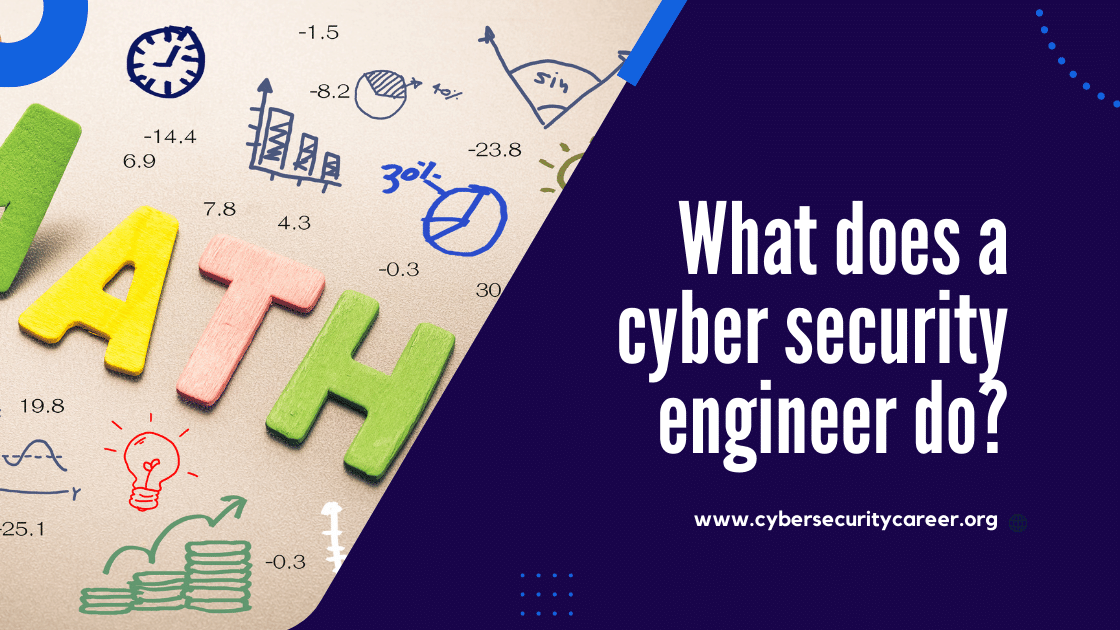There is a lot of debate surrounding the role of math in cyber security. Some believe that a strong foundation in mathematics is essential to protecting networks and data, while others believe that the application of mathematical concepts is more important than the theory behind them. So, how much math is actually involved in cyber security?
What is Cyber Security?
Cyber security is the practice of protecting computer networks and systems from unauthorized access or damage. It includes the prevention of cyber attacks, such as viruses, worms, Trojans, and other malicious code. Cyber security also includes the protection of personal information, such as credit card numbers, Social Security numbers, and bank account information.
The Math in Cyber Security
Cyber security is a growing field that is in high demand. With the ever-growing reliance on technology, the need for qualified cyber security professionals is only going to increase. But what kind of math is involved in cyber security?
Cyber security relies heavily on mathematical concepts and principles. To be successful in this field, you need to be proficient in algebra, geometry, trigonometry, and calculus. You also need to be able to understand and apply concepts from probability and statistics.
With a strong foundation in math, you’ll be well-prepared to tackle any challenges that come your way in the field of cyber security.
The Math Behind Cyber Security
When it comes to cyber security, there is a lot of math involved. From understanding algorithms and encryption to calculating risk and probability, math is an essential part of keeping our online world safe. Let’s take a look at some of the ways math is used in cyber security.
Algorithms are the backbone of cyber security. They are used to encrypt data, making it difficult for hackers to read. They are also used to create secure passwords and to verify the identity of users.
Risk assessment is another important aspect of cyber security. Probability and statistics are used to calculate the likelihood of a successful attack and to assess the potential damage that could be caused. This information is then used to prioritize security measures and make decisions about where to allocate resources.
Math is also used to create models of networks and systems. These models can be used to test security measures and predict how attacks might unfold. By understanding the mathematics behind cyber security, we can keep our online world safe from harm.
The Different Types of Cyber Security
There are many different types of cyber security, each with its own set of mathematical problems to solve. Here are just a few examples:
- Cryptography: This branch of mathematics is responsible for developing algorithms that can encode and decode sensitive information. Cryptography is used extensively in cyber security, both to protect data at rest (e.g. when it is stored on a hard drive) and data in transit (e.g. when it is being sent over the internet).
- Data mining: This area of mathematics is concerned with extracting useful information from large data sets. Data mining techniques are often used in cyber security to detect anomalies that could indicate malicious activity.
- Network security: This area of mathematics deals with the design and analysis of networked systems. It is relevant to cyber security because many attacks exploit vulnerabilities in the way that networks are configured or operated.
- Probability and statistics: These mathematical disciplines are used to quantify risk and uncertainty, which are important considerations in many aspects of cyber security. For example, they can be used to assess the likelihood that a given security measure will be effective in preventing an attack, or to calculate the expected losses from a successful attack.
Why Math is Important in Cyber Security
As someone who works in the cyber security field, I can attest to the importance of math skills. Cyber security is a field that is constantly evolving, and new threats are always popping up. In order to stay ahead of the curve, it is important to be able to think critically and solve complex problems.
Math skills are essential in order to be successful in cyber security. Many of the problems we face are mathematical in nature. For example, when we are trying to crack a code or decrypt a message, we are essentially solving a math problem. In order to do this effectively, we need to be able to understand and work with complex equations.
In addition to being able to solve math problems, critical thinking skills are also important in cyber security. We often have to make decisions based on limited information. Being able to weigh all of the options and make an informed decision is crucial in this field.
How to Use Math in Cyber Security
As someone interested in cyber security, you might be wondering how much math is actually involved in the field. The answer is: quite a lot! From basic concepts like encryption and decryption to more advanced topics like machine learning, math plays a vital role in keeping our digital world safe.
Here are just a few examples of how you can use math to further your career in cyber security:
- Encryption: One of the most fundamental aspects of cyber security is encryption. This is the process of transforming readable data into an unreadable format, making it difficult for unauthorized individuals to access sensitive information. To encrypt data, mathematical algorithms are used to scramble the data so that it can only be decoded by someone with the correct key.
- Decryption: In order to decrypt encrypted data, you need to reverse the process using the same or similar algorithms. This is often done by trial and error, trying different keys until the right one is found that unlocks the data.
- Machine learning: Machine learning is a branch of artificial intelligence that uses mathematical algorithms to learn from data and make predictions. This technology is becoming increasingly important in cyber security, as it can be used to detect malware and identify patterns in order to thwart attacks before
Conclusion
Cyber security is a field that heavily relies on math. From encryption to risk management, math is used throughout the cyber security field in order to keep data safe. While you don’t need to be a math genius to work in cyber security, it is important to have a strong understanding of the various mathematical concepts used in order to be successful in this field.










Leave a Reply